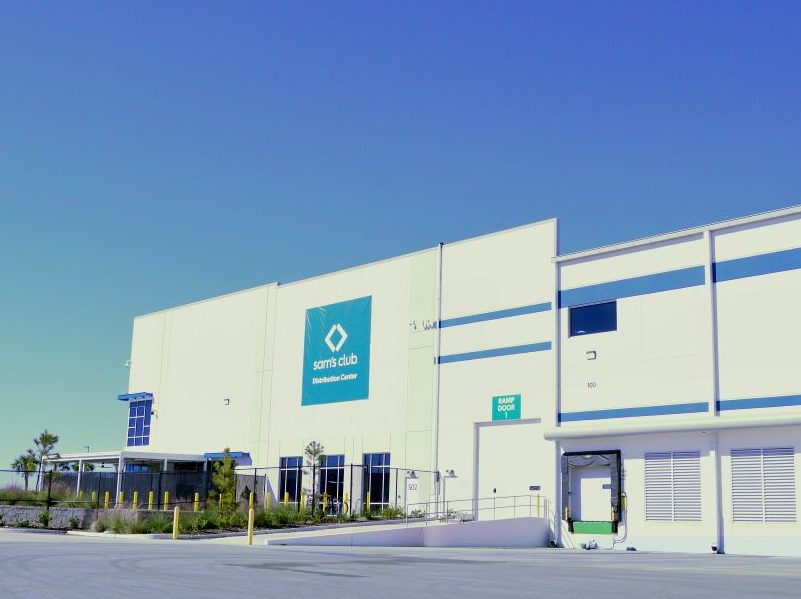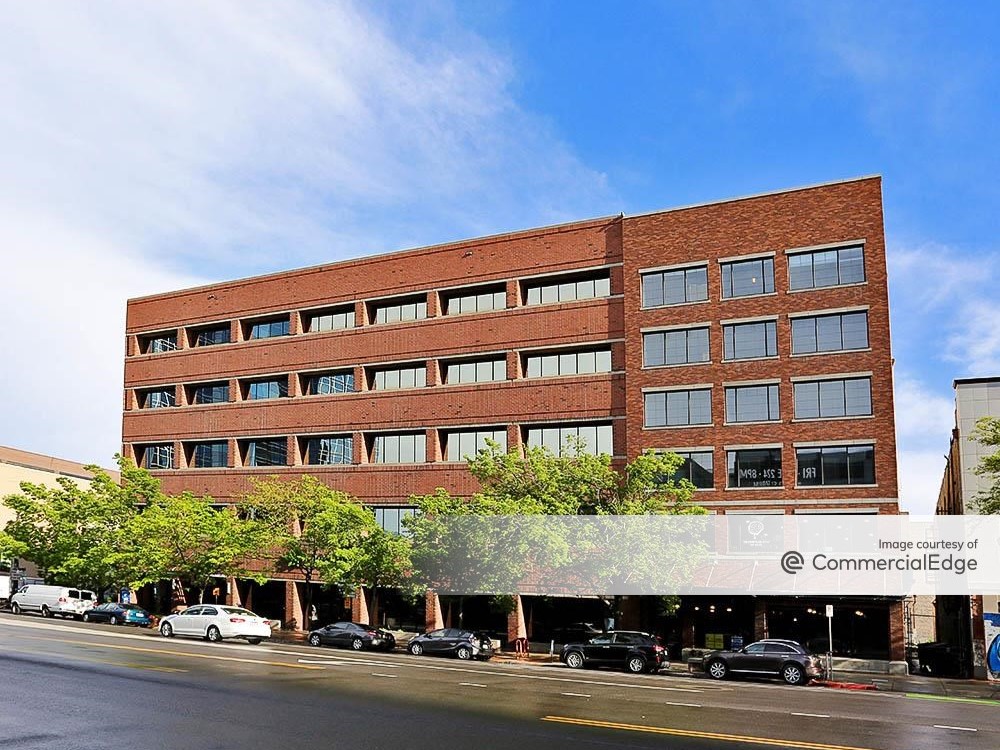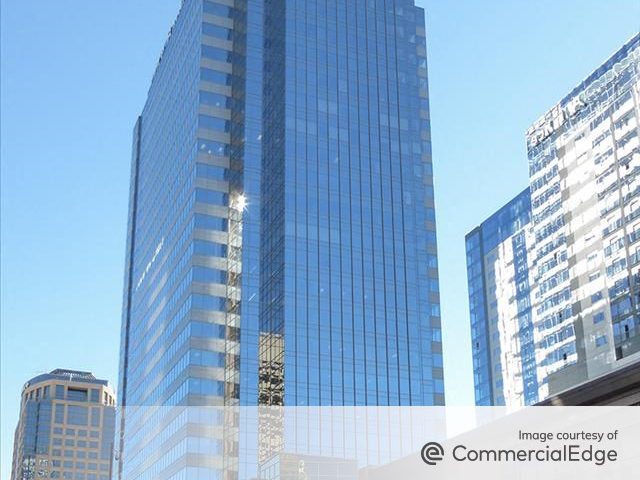Lower Rates Signal Increase in Industrial Sales
Looser monetary policy and a strong economy should pave the way for opportunity, writes Masha Sherman of Greek Real Estate Partners.

If the Fed follows the recent 50-basis-point cut with additional cuts this year, we could begin to see the industrial real estate landscape change in 2025, unlocking new opportunities for broader economic growth. Reduced borrowing costs combined with a strong economic environment in the near- and mid-term will likely prompt a more robust investment climate in real estate after several years during which a wait-and-see attitude predominated.
Recent economic signals and moves by the Federal Reserve suggest a continued move toward lower interest rates after an extended period of elevated rates that have slowed the overall economy, while significantly reducing development, financing and sales activity in the real estate market. For industrial real estate owners and developers, the rate shift is particularly promising as it begins to reduce uncertainty and aligns with broader positive trends in investment and consumption. In fact, we may be witnessing a powerful move toward greater activity in repositioning and new construction to meet future demand.
READ ALSO: Why Resilience Strategies Are a Must
It is important to note that rates are not the only force impacting the industry. Flattening rents and increased operating costs—such as insurance and taxes, which don’t go down when interest rates fall—place significant financial pressure on projects in all real estate sectors. However, a more accommodative environment will enable developers to advance new facilities that have not been viable in the past two years based on the cost of financing.
Likewise, it could enable property owners to reinvest in existing facilities to meet market demand, leading to new construction projects, expansions or upgrades. While near-future activity will be determined by overall economic strength and consumer sentiment, the long-term growth trends of e-commerce, last-mile delivery and cold storage are remarkably strong. In fact, many investors have been waiting patiently on the sidelines for more clarity, and we may see multiple lenders and developers make moves to get ahead of the rebound trend.
Last-mile and cold storage
While industrial real estate witnessed a significant uptick in the availability of new last-mile logistics centers in 2023, e-commerce will continue to be a significant driver of activity. Consumer habits continue to shift toward online shopping, prompting additional need for efficient new warehousing and distribution centers as the existing stock continues to age. Reduced costs associated with building and maintaining these facilities allow for investment in technology and infrastructure that can enhance logistics and supply chain operations.
Throughout the U.S., and on the East Coast in particular, there is significant need for state-of-the-art new cold storage facilities to meet demand caused by supply chain changes, growing consumption of prepared foods and the delivery of food directly to homes. Existing cold storage facilities are aging out and will be much better positioned to attract tenants with comprehensive renovations. The same is true for existing small-bay logistics facilities, many of which would benefit from repositioning. Updated facilities of all varieties offer dramatic savings from the efficiency gains created by automation, up-to-date distribution layouts and greater power efficiency.
If the economy remains strong, the positive impact of lower interest rates will spread more broadly, leading to greater leasing activity. Businesses are already beginning to look beyond recent conditions to prepare for coming opportunities, anticipating future trends and recalibrating their strategies to position for long-term success. Clearly, leasing logistics space is a more flexible and fiscally conservative option than owning properties, as developers and property owners can offer market-leading facilities, new technology and competitive lease terms.
Investing in new or repositioned logistics projects that align with current market trends can yield immense returns. Owners and developers that can offer advanced technology, sustainable buildings and flexible spaces will have a distinct advantage as they seek to attract forward-looking tenants. No one can precisely anticipate macro-economic trends, but the real estate industry is clearly preparing for a new phase in growth and industrial real estate investment.
Masha Sherman is chief financial officer at Greek Real Estate Partners.







You must be logged in to post a comment.